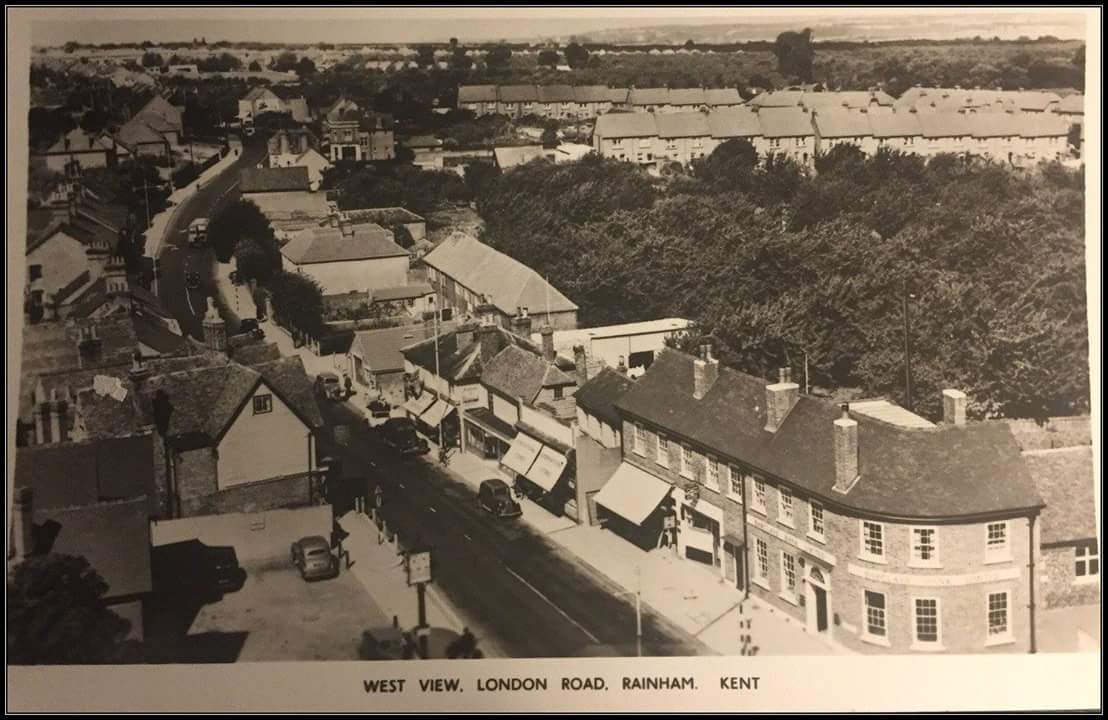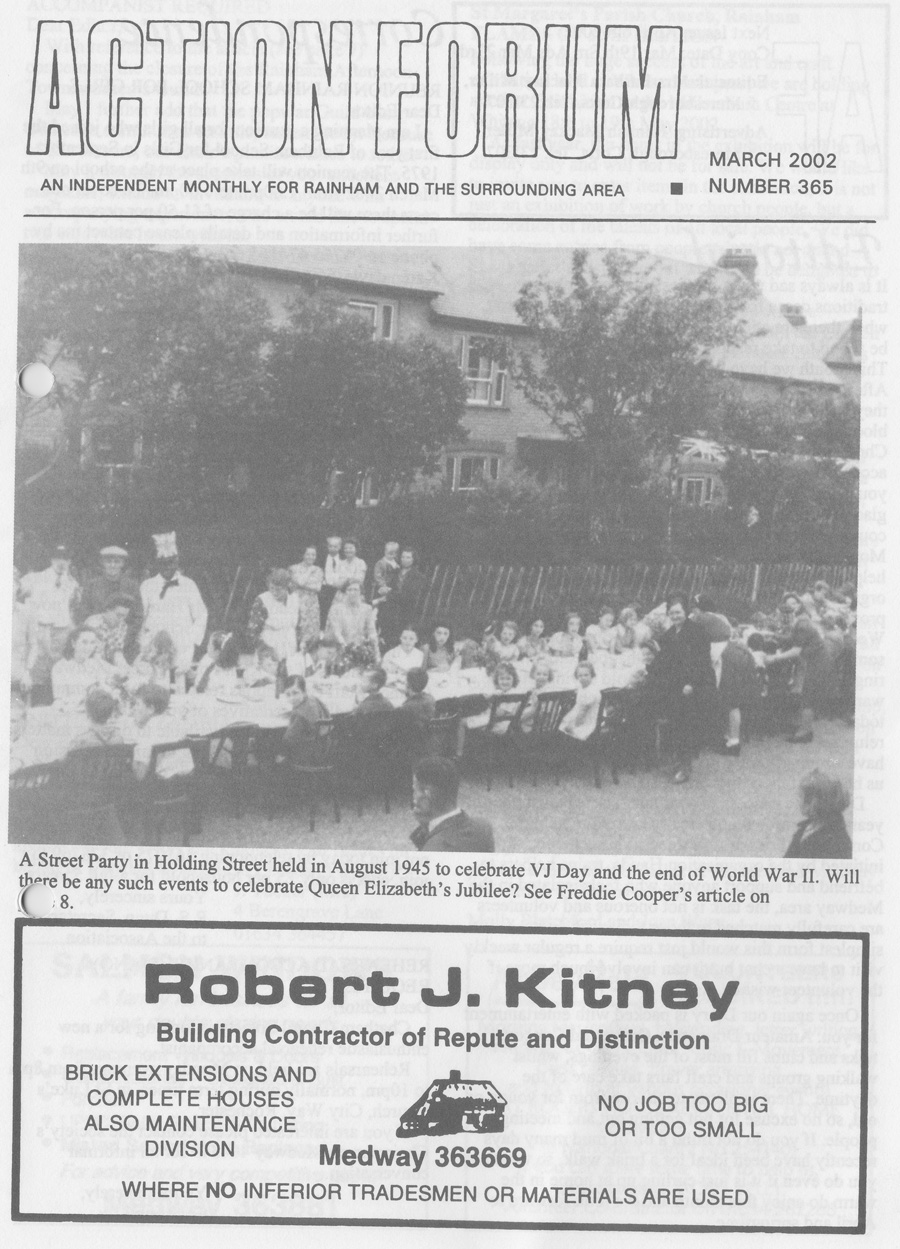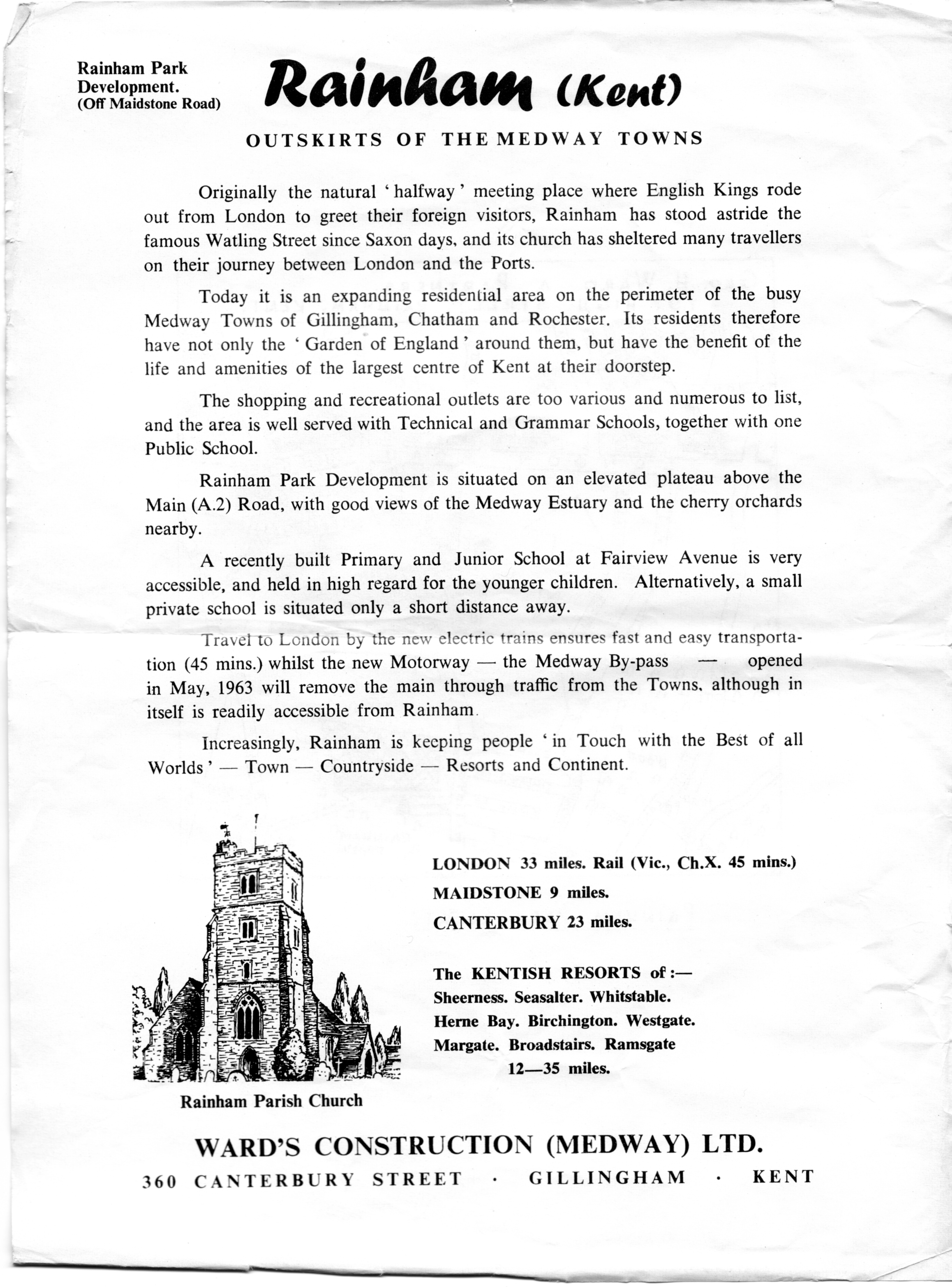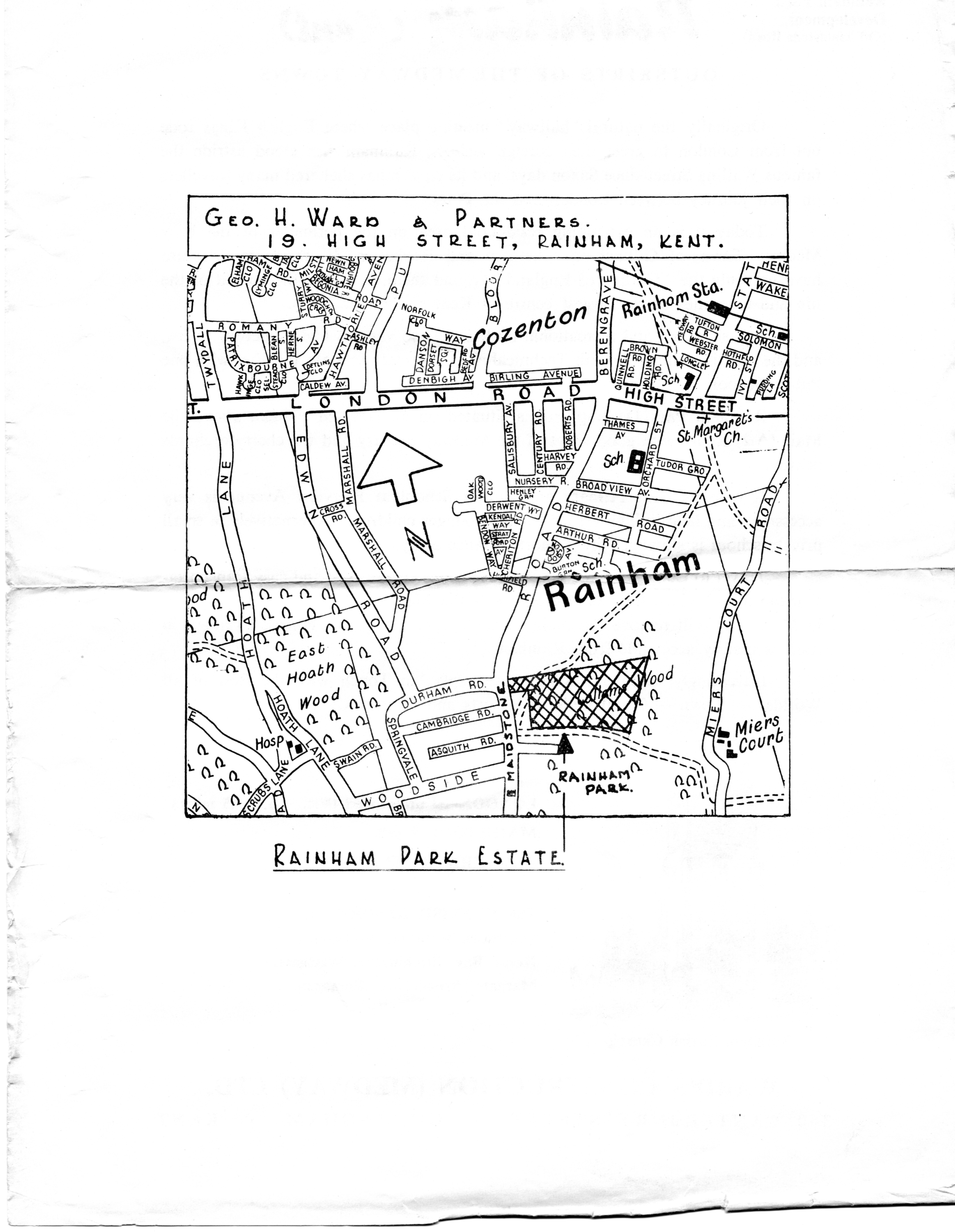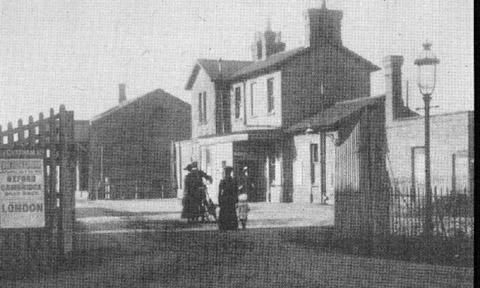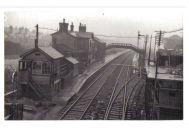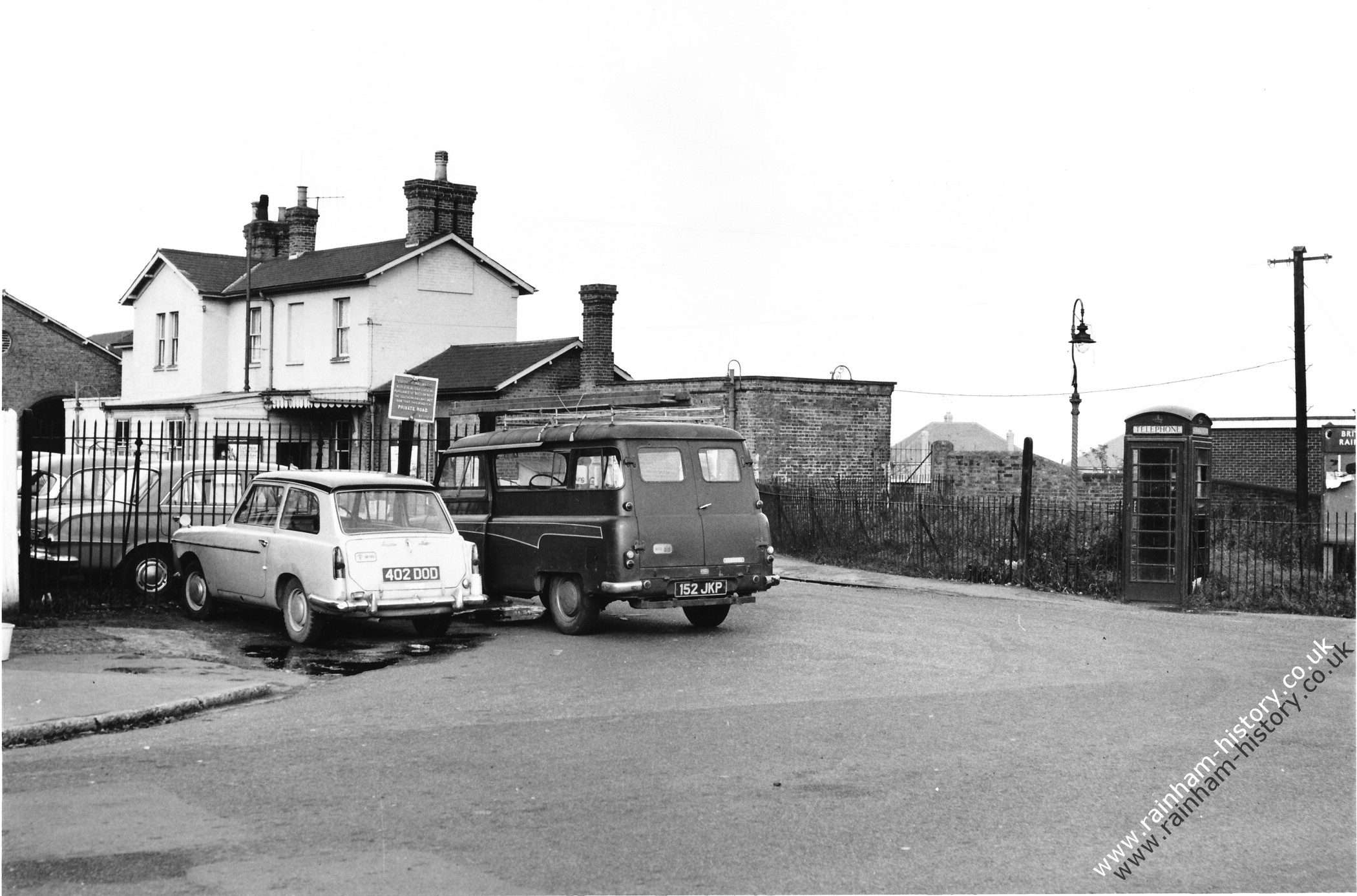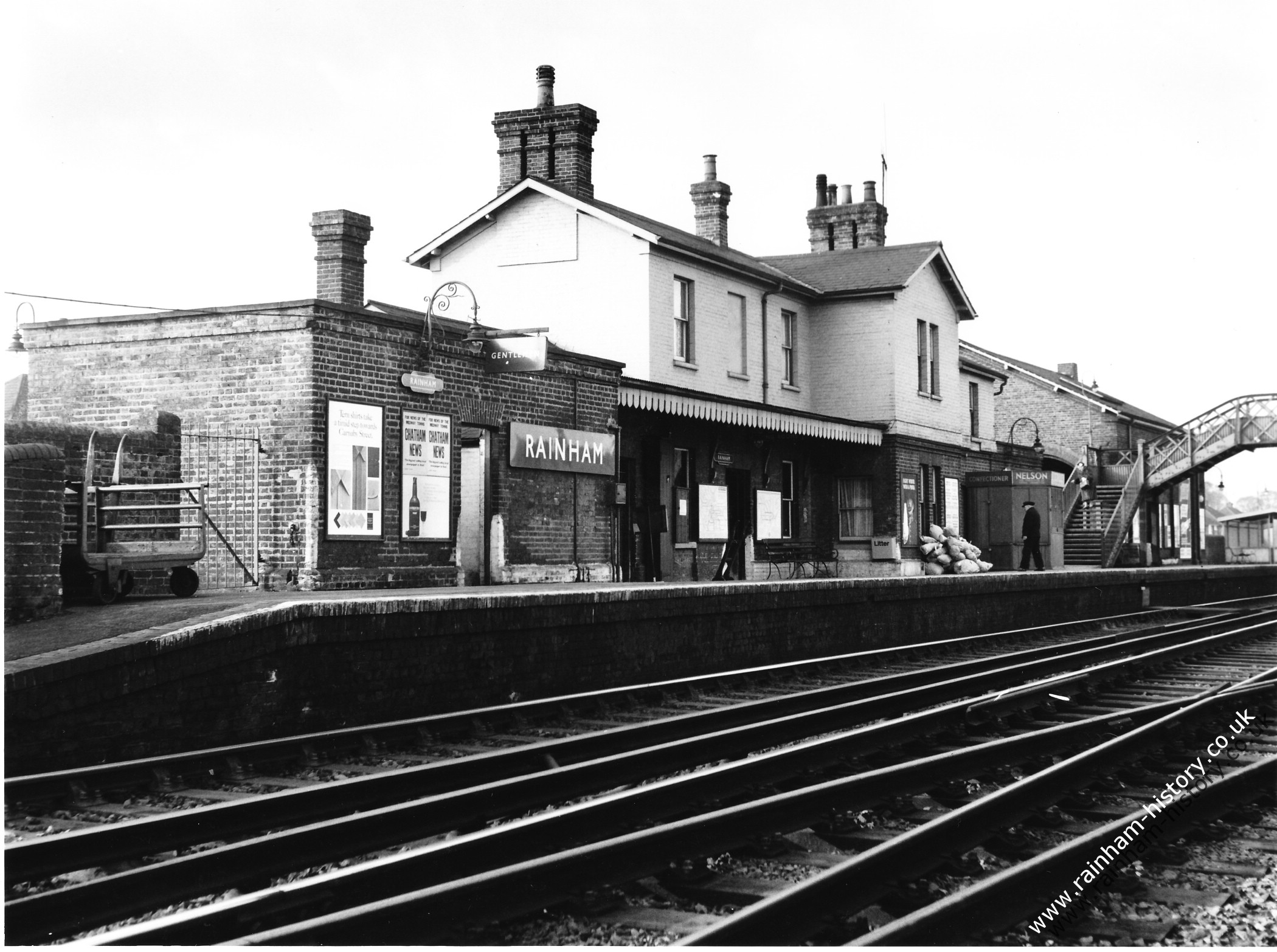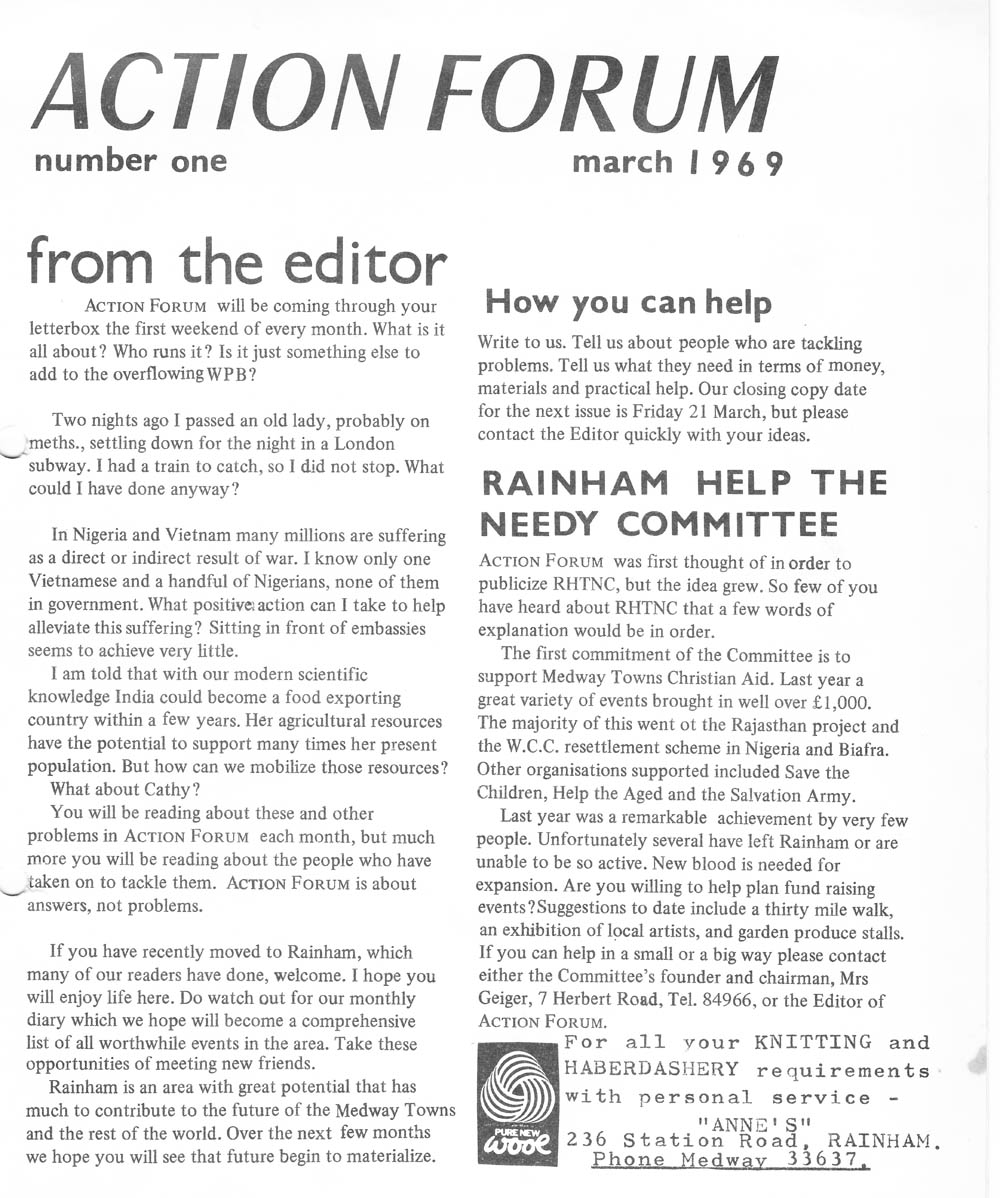Rainham Shopping Centre Problems 2002
THE PROBLEMS OF THE SHOPPING CENTRE
The news of the enforced closure of 10 shops within the Rainham Centre has obviously caused consternation among the proprietors and great concern among the public at large. It is understood that those who have received notice from the landlords are Barry’s Fruiterers, Morecut Butchers, Rainham Health Food Shop, Quidsaver, Boots the Optician, Bookmark, Xpressions, Ascot Flowers and Pet Supplies, who all expect to be closed for about 28 weeks.
Some will obviously try to relocated as close to the centre as possible but the immediate problems for shop tenants and their staff is most worrying and the long term impact may also be far reaching. The letter to ‘all tenants’ dated 14th March said that ‘following the results of soil investigation it has been established that remedial works are required to the centre which would commence on 1st May’. Of course such a disruption in the pattern of Rainham shopping has given rise to much conjecture in fertile minds particularly as to the cause of the problem which has not been made public and only a minority of residents will remember the buildings on the site pre war.
I was fortunate to mention the situation which has arisen to the well known retired builder Mr Len Bridge only to find that he was actually born in one of the three cottages which is now the ‘Nationwide’ shop so has an intimate knowledge of the area. His address was then number l4 London Road and if one views the buildings from the opposite side of the road it can be seen that the original external structure of all three cottages has been retained with shop fronts which have been altered over the years. Mr Bridge reminded me that just west of the cottages was the blacksmith’s forge thought then to be operated by Bill Arraman. Many of us hung over the half door to watch horses being shod or iron work being made or repaired. Len and I agreed that one never forgets the smell of burning horses hooves as the shoes were fitted and the value which both the smithy and the wheelwright next door were to a mainly agricultural community.
These buildings together with a large white ex farmhouse next to the forecourt of Springates the wheelwrights, which was occupied by Mr Bodiam who ran the corn chandlers now Meridian Spice restaurant, covered most of the present High Street entrance to the shopping centre. The other shops towards Station Road with the exception of Barclay’s Bank have mainly the original structures with new fronts. Mr Bridge recalled that all the old buildings would have had cellars, wells, cesspools and underground water tanks to collect rainwater. He considered that the wells were probably 50 to 60 feet deep, so the water courses were fairly close to the surface although now with heavier extraction they may be lower. The fields at the rear of the properties were young orchards pre war but the land may have previously been used for general agricultural purposes for which farmers dug large holes to obtain chalk to spread on the land and some of which were then used for refuse disposal purposes. The other problem which has caused constructional difficulties locally relates to clay faults in the chalk sub soil which have to be excavated and refilled with concrete as otherwise the clay will expand and contract in a different manner from chalk.
A very large hole once appeared in the pavement in front of the shop next but one to the western corner of Holding Street and another developed outside the shops opposite to the bottom end of the old Chapel Lane (which is now the cul de sac just east of Mierscourt Road). Len seems to remember a hole suddenly appearing in the car park and most older residents had their own stories of sudden subsidence and the reasons therefore. Perhaps the most dangerous was the one that appeared on the railway line just east of Berengrave Lane which caused a derailment. l have a photo of the trucks. No one locally seems to be willing to explain the actual cause which has necessitated ‘remedial works’ but one hopes that this will become apparent as it could have implications upon other buildings in or around the area. In the meantime it must be pure conjecture. Whenever a subsidence occurs north of the Church it is inevitable that the legend of Bloors Place tunnel is resurrected.
Freddie Cooper 25.3.02
